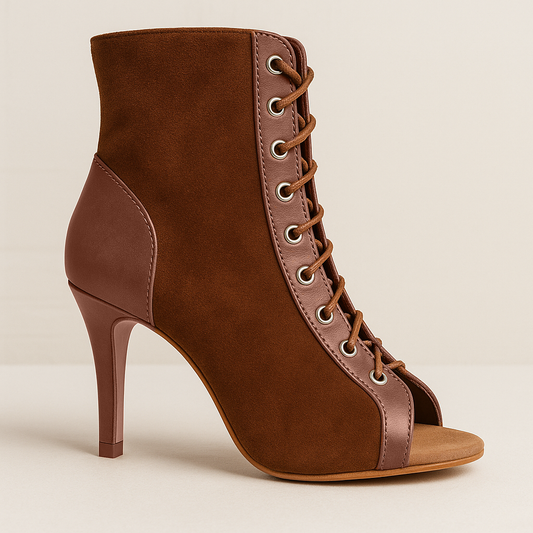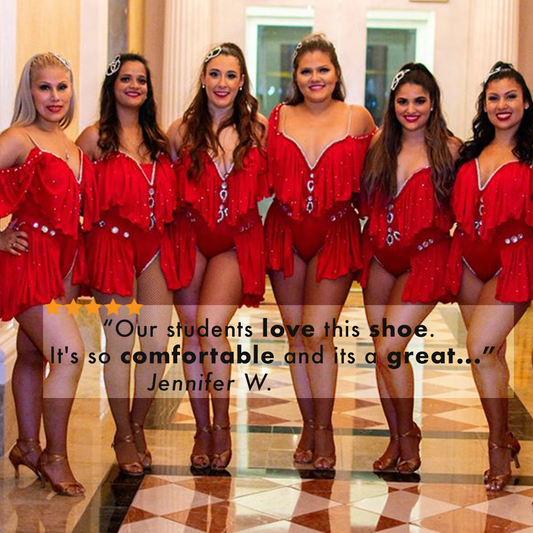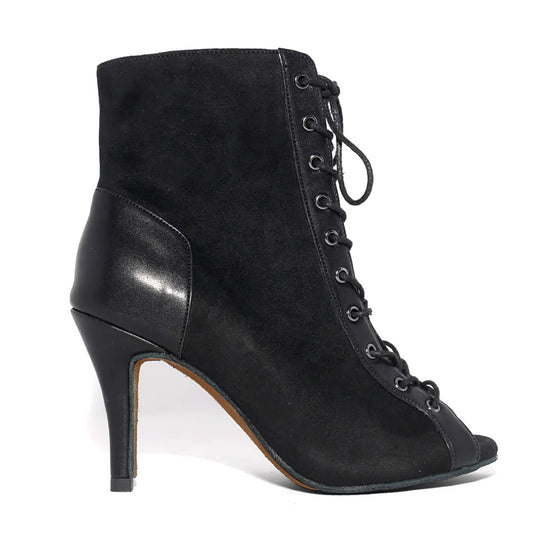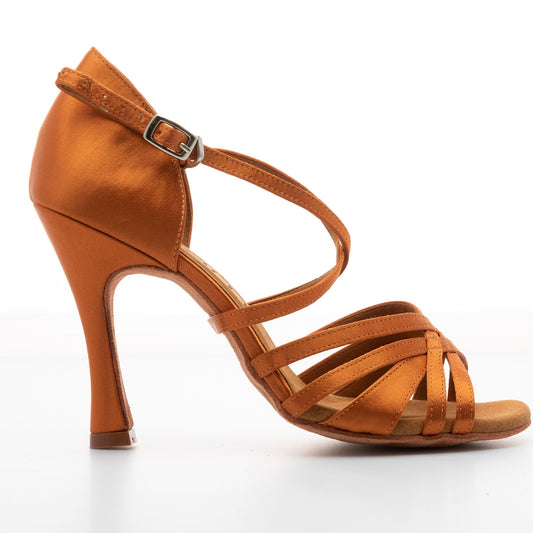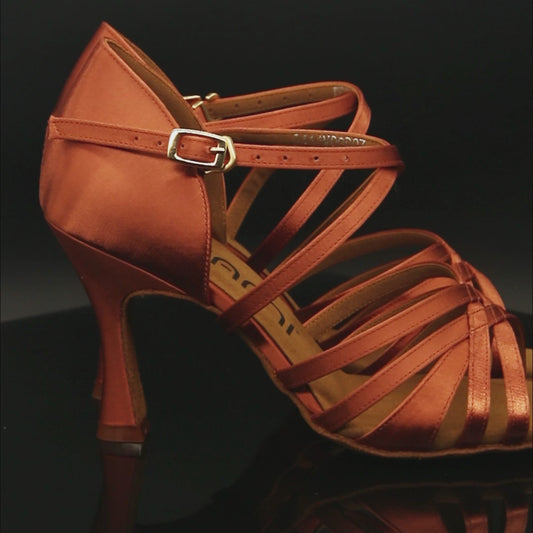
Social dancing is built on the idea of community. Unlike other art forms, dancing is all about the physical closeness of one individual to another. There are lots of touching, of feeling to express music through dance. With the full brunt of the pandemic upon us, it's not surprising that the dance community has been deeply affected by the health restrictions and lockdowns.
These days, social events are rare and studios that continue to host social dance events have to make a lot of adjustments to minimize the health risk of joining such events. Before the health crisis, social dancing events are packed with people, all sweating on the dancefloor to keep the flow going. These days, the mere thought of brushing against someone is is enough to set everyone in a panic. The good ol’ days of social dancing are gone but there is hope with the arrival of the vaccine.
With that said, what will social dancing look like during and after COVID? How were dancers and instructors adapted to the health protocols and what can the industry expect in the future?
Social Dancing During and After COVID
Social dances were banned at the height of the lockdown
Before COVID spread in the US, dance halls continued to accept dancers and hold social events. Masks were optional but everyone was required to wash and sanitize their hands and clothes before and after the event.
In mid-2020, just as COVID started spreading to various parts of the country, social events including social dancing were halted completely. Studios and dance halls ceased operation as health professionals struggled to care for the sick. These were dark times as no one was allowed outside except for doing essential activities like buying groceries or getting meds. Thankfully, the industry started to gradually reopen by the end of the year.
Shorter Dance Sessions
Some dance halls and event places were still holding social dances but there were basic health protocols to consider to minimize COVID transmission. The sessions were also cut short to reduce contact with other dancers.
Basic Health Protocols
Everyone has to wear a mask for public dances, something that made some people uneasy because of how uncomfortable the masks were when dancing. Social distancing was also observed, which took the fun out of the activity just a tiny bit. But the situation is far better compared to a few months earlier when dancers were pretty much dancing on their own at home.
When the lock-downs and restrictions eased, some social dance events were held in open-air areas so the participants have more room to move without being too near each other. Everyone wore masks. There was actual, live dancing but it took a while to achieve a festive mood.
Remote Dance Classes
Because everyone had to stay indoors, events coordinators got creative in terms of how to hold social dances. During the height of the pandemic, everyone was using web-based communication applications like Zoom and Skype to conduct dance classes. These apps were very useful for dance instructors because they could hold dance classes and dance events remotely.
But the problem with online-based social dance events is the slow internet connection. Sometimes the connection is slow and not everyone could follow the dance moves. Other times, the connection gets cut off completely. It’s problematic but everyone had to adapt to the changes, no matter how jarring they may be.
Although it took a while for social dancers to adapt to these changes, instructors saw a rise in new clients, newbies who want to learn how to dance through remote classes. The spike could be the result of a craving for connection after staying indoors for so long. There’s no way to know if the threat of COVID-19 is finally over because of the vaccines but one thing is for sure, the pandemic did not diminish people’s desire for a deep connection with music and dance.

